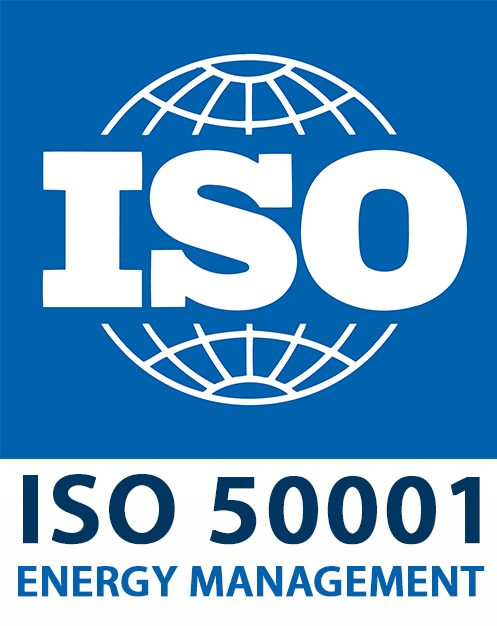What is ISO 50001?
ISO 50001 is an international standard for energy management systems. This standard provides the structure and framework for organizations, regardless of their size and industry, to develop, implement, maintain, and improve energy management. The primary purpose of ISO 50001 is to assist organizations in reducing their energy consumption, associated costs, and environmental impact simultaneously.

How to Get the Certification?
- Involve Everyone: The company’s leadership must be committed to implementing an energy management system in accordance with ISO 50001. It is essential for leaders to understand the benefits of certification and allocate the necessary resources for this process. Additionally, staff should be aware of the new requirements and be prepared to adhere to them. Training should be adequate to ensure an understanding of the standard and each person’s role in the energy management system.
- Form a Team: Establish a team responsible for implementing ISO 50001. This should include an energy manager who will coordinate the efforts.
- Develop Documentation: Create the necessary documentation to support the energy management system, such as an energy policy, procedures, work instructions, and other relevant documents.
- Assess, Implement, Reassess:
- Conduct an initial assessment of the current state of energy management within the company. This step will help identify areas that require improvement and set objectives and targets for certification.
The team of specialists at Quartz Matrix conducts various industrial energy audits focusing on facilities with the highest energy efficiency potential. Following complex measurements/calculations/analyses at key points in the energy distribution and consumption system, the identified solutions are reflected in the Action Plan for Energy Efficiency. Request an audit.
- You can begin implementing and monitoring the processes and practices outlined in the energy management documentation. Monitor energy consumption, identify energy sources, and develop plans to control and improve efficiency.
All these actions can be carried out with QLEAP ENEF, a unified energy management and consumption monitoring software that helps optimize consumption and stay within budgets by identifying points with high consumption and improving discipline in production. The QLEAP ENEF application complies with the requirements of ISO 50001 and is a necessary step in obtaining the certification.
-
- Conduct internal audits to assess the energy management system. This will help identify any deficiencies and correct them before the certification audit.
5. Get the Certification in 3 Steps:
1. Contract a certified audit organization to conduct the ISO 50001 certification audit. Auditors will assess whether the energy management system complies with the standard’s requirements.
2. If the certification audit reveals non-conformities, you must correct them and take appropriate measures to prevent their recurrence.
3. After correcting non-conformities, the audit organization will issue the ISO 50001 certificate, confirming that your company adheres to energy management standards.
6. Maintenance and Improvement: After obtaining certification, you must maintain and continuously improve the energy management system to ensure ongoing compliance with ISO 50001 standards.

